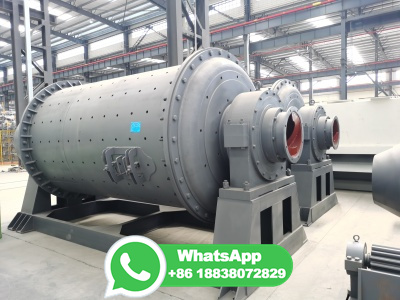10 Coal Carbonisation
WEBJan 1, 1993 · This chapter discusses coal carbonization. Coal carbonization involves the destructive distillation of coal, and during this process, as much as 50% of the weight of the coal feedstock is driven off as gaseous and volatile components. These are regarded as byproducts of the coking process, and include combustible gases (for example, .


























